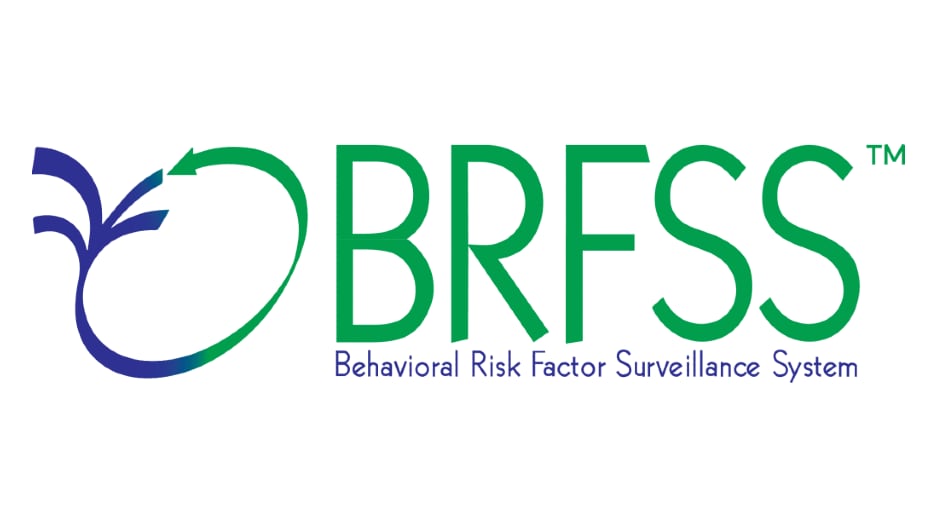Key points
- The Behavioral Risk Factor Surveillance System (BRFSS) is a state-administered, self-reported telephone survey.
- Sample: state representative sample of the civilian, non-institutionalized population.
- Sample size: approximately 400,000 people per year.
- VEHSS topic: Vision Problems and Blindness.

Where the data come from
BRFSS is the nation's premier system of health-related telephone surveys that collect state data about U.S. residents regarding their health-related risk behaviors, chronic health conditions, and preventive services use. Established in 1984 with 15 states, BRFSS now collects data in all 50 states, as well as the District of Columbia and three U.S. territories. BRFSS completes more than 400,000 adult interviews each year, making it the largest continuously conducted health survey system in the world. The survey is administered by CDC's Division of Population Health in the National Center for Chronic Disease Prevention and Health Promotion.
BRFSS includes the Department of Health and Human Services standard disability question on vision: "Are you blind, or do you have serious difficulty seeing, even when wearing glasses?"
Analysis overview
VEHSS estimated the prevalence rate and sample size for the VEHSS categories listed below using single years of BRFSS data at national and state levels. The prevalence rate was defined as the number of people who gave an affirmative response to the question divided by the total number of respondents who gave an affirmative or negative response and multiplied by 100 for presentation in percentage format. Estimates with high uncertainty are suppressed.
BRFSS self-reported questions included in VEHSS
- VEHSS Topic - Category – Vision Problems and Blindness – Vision Loss and Blindness
- VEHSS Indicator – Percentage of people who are blind or have serious difficulty seeing even when wearing glasses
- BRFSS Variable Name – BLIND
- BRFSS Question Text – Are you blind or have serious difficulty seeing even when wearing glasses?
- Sample – Age 18+
Available geographic levels
- National and state
Data definitions
Included stratification factors (state and national estimates)
Age Group
Sex
Race/Ethnicity
Risk Factors
Data Type
A detailed description of the analytical steps is described in the report "VEHSS Survey Analysis Plan."
Potential limitations
BRFSS is a telephone survey that contains only one self-reported measure of visual function. BRFSS is potentially limited by its relatively low response rate, which was 49.4% in 2019. BRFSS contains the same vision question as the American Community Survey (ACS), but results in much higher prevalence estimates. This difference may be attributable to one or more differences in the administration of these two surveys. BRFSS is a self-report telephone survey, while ACS is a household response survey that includes data collection online and through postcards, telephone, and in-person home visits. ACS achieves a much higher response rate than BRFSS. Finally, BRFSS is predominantly a health survey, while ACS does not include any health-related questions other than the Department of Health and Human Services standard disability questions.
In validation research conducted by VEHSS, the self-report question included in BRFSS showed marginal diagnostic accuracy for predicting best corrected visual acuity loss and blindness in a sample of ophthalmology and optometry patients. However, this analysis did show that variation in the self-report question was highly correlated with variation in visual acuity among nearly all demographic groups. The prevalence of this measure cannot be directly translated into the prevalence of objectively measured visual impairment or blindness.
